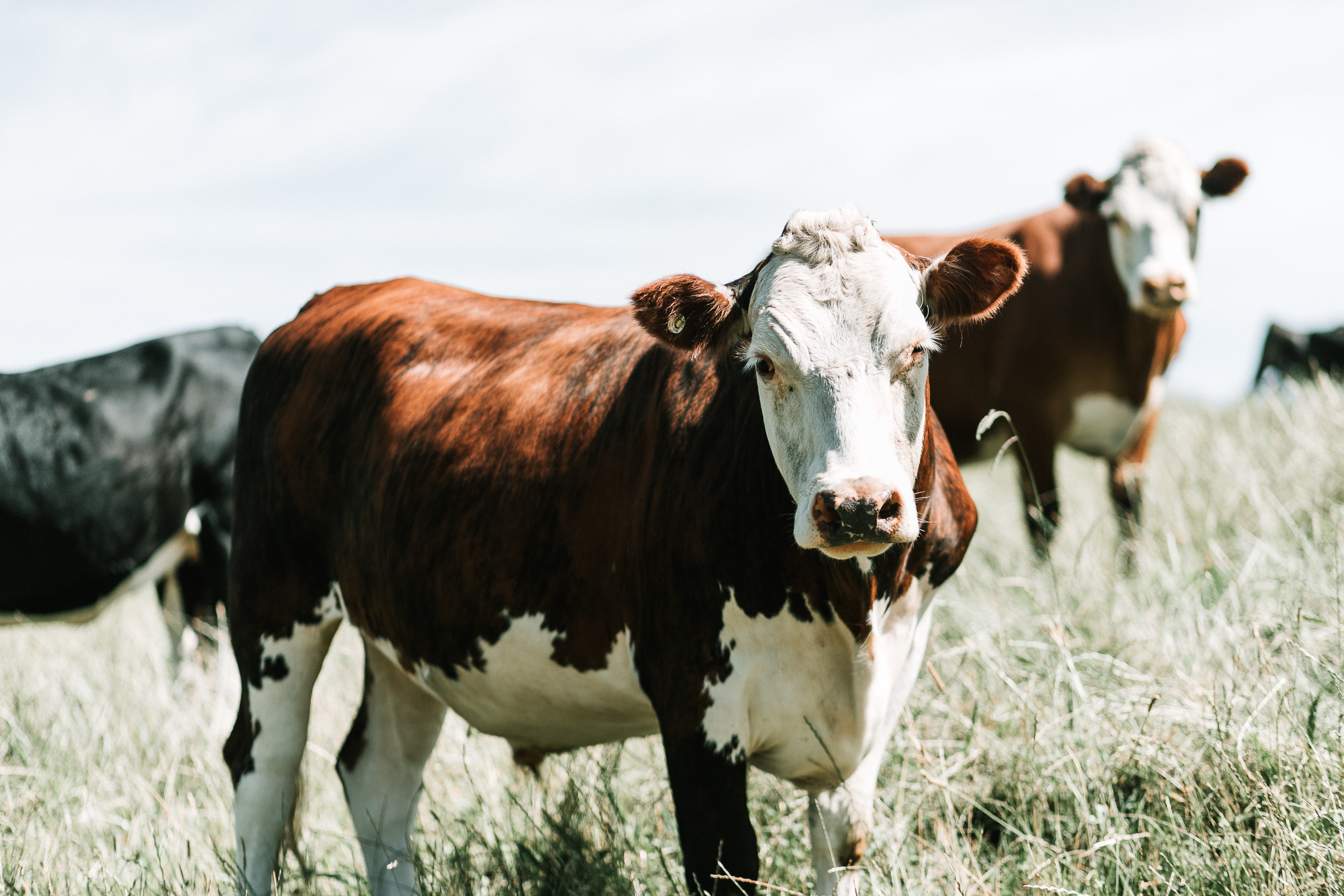Master the Art of Food Preparation With Turf Fed Meat
In the world of cooking knowledge, mastering the art of food preparation with grass-fed meat holds a prominent setting. The distinct quality of grass-fed meat supplies a myriad of advantages that not only raise the preference of dishes however likewise contribute to a much healthier lifestyle. From the tender appearance to the robust taste account, grass-fed meat presents a canvas for cooking creative thinking. As we explore the nuances of this costs meat alternative, revealing the most effective food preparation methods, taste pairings, and storage space strategies, a world of gastronomic opportunities unfolds. Whether you are an aspiring home or a seasoned chef chef, delving into the realm of grass-fed meat guarantees a trip filled with scrumptious experiences and culinary revelations.
Advantages of Grass-Fed Meat

When selecting grass-fed meat, customers can profit from its greater levels of omega-3 fats and antioxidants compared to traditionally raised meat. Constance Cattle. Omega-3 fatty acids are vital nutrients that sustain mind wellness, decrease inflammation, and promote heart health. Grass-fed meat is understood to have up to five times more omega-3 fats than grain-fed meat, making it a much healthier option for those wanting to enhance their intake of these helpful fats
Along with omega-3 fats, grass-fed meat is also richer in anti-oxidants such as vitamins E and C, along with beta-carotene. Antioxidants play a crucial function in safeguarding cells from damages caused by free radicals, which can contribute to various chronic illness and accelerate aging. By going with grass-fed meat, consumers can not just appreciate an extra savory and nutrient-dense protein resource yet also support their overall wellness and health.
Incorporating grass-fed meat into your diet regimen can be a simple yet efficient way to enhance your dietary consumption and profit of omega-3 fatty acids and anti-oxidants that are normally plentiful in this sort of meat.
Ideal Cooking Methods
Making use of appropriate food preparation techniques is necessary to maintain the nutrient account and improve the flavor of grass-fed meat. When cooking grass-fed meat, it is very important to keep in mind that it is leaner than conventionally elevated meat, making it more vulnerable to drying if overcooked. To ensure a juicy and flavorful end result, consider cooking grass-fed meat at somewhat lower temperature levels than you would certainly with grain-fed meat.
Cooking is a popular method for cooking grass-fed meat as it enables excess fat to leak away, protecting against flare-ups that can trigger charring. Another fantastic food preparation approach for grass-fed meat is pan-searing.
Sluggish food preparation techniques such as braising or cooking are likewise superb options for tougher cuts of grass-fed meat, as they help break down the muscle mass fibers and tenderize the meat. Whichever cooking technique you choose, keep in mind to allow grass-fed meat remainder after cooking to allow the juices to redistribute, making sure a damp and tender last meal.
Taste Pairings and Seasonings
To boost the all-natural tastes of grass-fed meat, critical taste pairings and spices play an important duty in boosting the total eating experience. Grass-fed meat has an abundant, distinctive preference that can be enhanced and boosted by meticulously picked components. When it concerns flavor pairings, herbs like rosemary, oregano, and thyme job exceptionally well with grass-fed beef, lamb, or bison. These natural herbs add depth and earthiness to the meat, enhancing its natural flavors without overpowering them.
In addition to herbs, flavors such as black pepper, garlic, and smoked paprika can better boost the preference account of grass-fed meat meals. These spices give an equilibrium of warm, sweetness, and smokiness that can boost the general dining experience. When flavoring grass-fed meat, it is important to use top quality salt, like sea salt or Himalayan salt, to highlight the meat's flavors without including unnecessary chemicals or ingredients.
Storage and Managing Tips
Correct storage and taking care of methods are essential for keeping the quality and quality of grass-fed meat. When storing grass-fed meat, it is critical to keep it refrigerated at temperature levels listed below 40 ° F(4 ° C) to avoid microbial growth and wasting. To prolong the meat's rack life, consider covering it securely in parchment paper or butcher paper prior to putting it in an airtight container or secured plastic bag - Constance Cattle. Stay clear of storing grass-fed meat near strong-smelling foods as it can soak up smells conveniently.
When taking care of grass-fed meat, it is essential to practice great hygiene to avoid cross-contamination. Clean your hands extensively before and after taking care of the meat, and ensure that all tools and surfaces that enter call with the meat are cleansed and sterilized properly. In addition, use different cutting boards for meat and veggies to avoid microbial transfer.

Top Grass-Fed Meat Recipes
When thinking about the very best means to relish the high quality and freshness of grass-fed meat, exploring excellent dishes can raise your cooking experience. Grass-fed meat's abundant flavor and leaner account offer themselves well to a range of dishes that highlight the natural goodness of the meat. One leading recipe to attempt is a traditional Grilled Grass-Fed Ribeye Steak seasoned with simple active ingredients like salt, pepper, and a touch of garlic for a robust flavor. For a Click Here comforting dish, a Slow Cooked Grass-Fed Beef Stew with root vegetables and great smelling herbs is a hearty alternative that brings out the meat's tenderness.
If you're in the mood for something lighter, a Grilled Grass-Fed Hamburger served with fresh toppings and a side of pleasant potato fries is a delicious option. Additionally, a Herb-Crusted Grass-Fed Lamb ribs baked to excellence with a collection of breadcrumbs and natural herbs is a show-stopping meal for unique events. These leading grass-fed meat dishes display the flexibility and exceptional quality of grass-fed meat, allowing you to appreciate its premium taste in numerous culinary productions.

Final Thought
In conclusion, understanding the art of food preparation with grass-fed meat provides countless benefits, including improved dietary worth and remarkable taste. By utilizing the most effective cooking methods, try out taste pairings and flavorings, and adhering to appropriate storage and dealing with tips, you can develop nourishing and scrumptious dishes. Try out some leading grass-fed meat dishes to elevate your cooking abilities and enjoy the full capacity of this premium component.
When cooking grass-fed meat, it is essential to bear in mind that it is leaner than traditionally increased meat, making it more susceptible to drying out if overcooked. To make certain a juicy and tasty end result, think about cooking grass-fed meat at slightly lower temperature levels than you would certainly with grain-fed meat.
When seasoning grass-fed meat, it is vital to make use of high-grade salt, like sea salt or Himalayan salt, to you can find out more bring out the meat's tastes without including unnecessary chemicals or ingredients.
Grass-fed meat's rich taste and leaner profile provide themselves well to a range of dishes that highlight the all-natural benefits of the meat. These leading grass-fed meat recipes showcase the try this site adaptability and exceptional top quality of grass-fed meat, permitting you to enjoy its remarkable taste in different cooking developments.
Comments on “Unveiling the Secrets Behind Constance Cattle: Beginnings, Characteristics, and Monitoring”